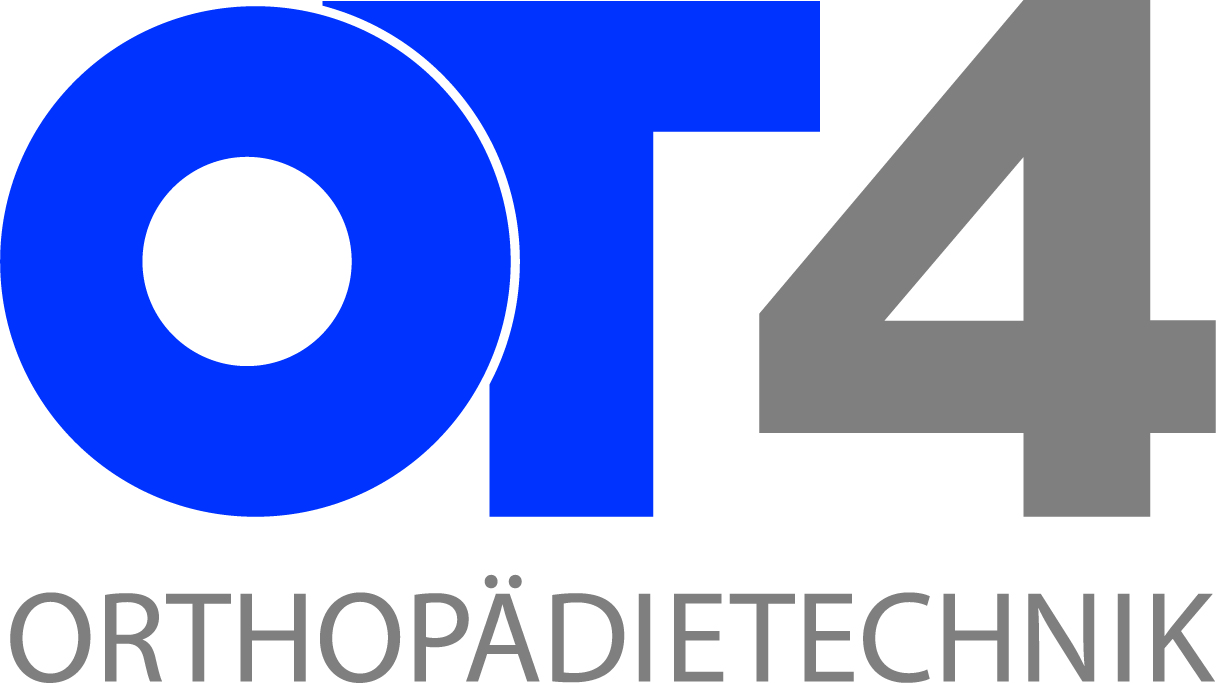HP MULTI JET FUSION MEETS PATIENTS’ NEEDS WITH CUSTOM ORTHOTIC DEVICES
Customer at a glance

OT4 Orthopädietechnik GmbH develops, designs, and produces patient-specific orthoses using 3D printing technology. As a partner of orthopedic workshops and medical professionals, the Munich-based company offers innovative and state-of-the-art manufacturing processes, combining individuality with uncompromising quality.
The Challenge
Finger/hand braces can help protect and support joints as well as keep the finger joint properly aligned. The splint can be used to immobilize a joint in a certain position or to increase the mobility of a joint that is fixed in a particular position.
Dupuytren is a common finger tendon disease in which one or more fingers are permanently bent. This condition typically cannot be treated with orthoses, but with HP Multi Jet Fusion (MJF) technology and flexible materials like HP 3D High Reusability (HR)1 PA 11, orthotists have the design freedom to tailor the shapes of these devices depending on the patient’s needs.
Fill out the form to access the full case study and learn how OT4 used HP MJF and HP 3D HR PA 11 to design and print a more flexible hand brace.
Download NowFill out the details here and receive a copy of the case study. |
|
|
1. Based on using recommended packing densities and compared to selective laser sintering (SLS) technology, offers excellent reusability without sacrificing mechanical performance. Tested according to ASTM D638, ASTM D256, ASTM D790, and ASTM D648 and using a 3D scanner for dimensional accuracy. Testing monitored using statistical process controls. HP Jet Fusion 3D Printing Solutions using HP 3D High Reusability PA 11 provide up to 70% post-production surplus powder reusability, producing functional parts batch after batch. For testing, material is aged in real printing conditions and powder is tracked by generations (worst case for reusability). Parts are then made from each generation and tested for mechanical properties and accuracy. |